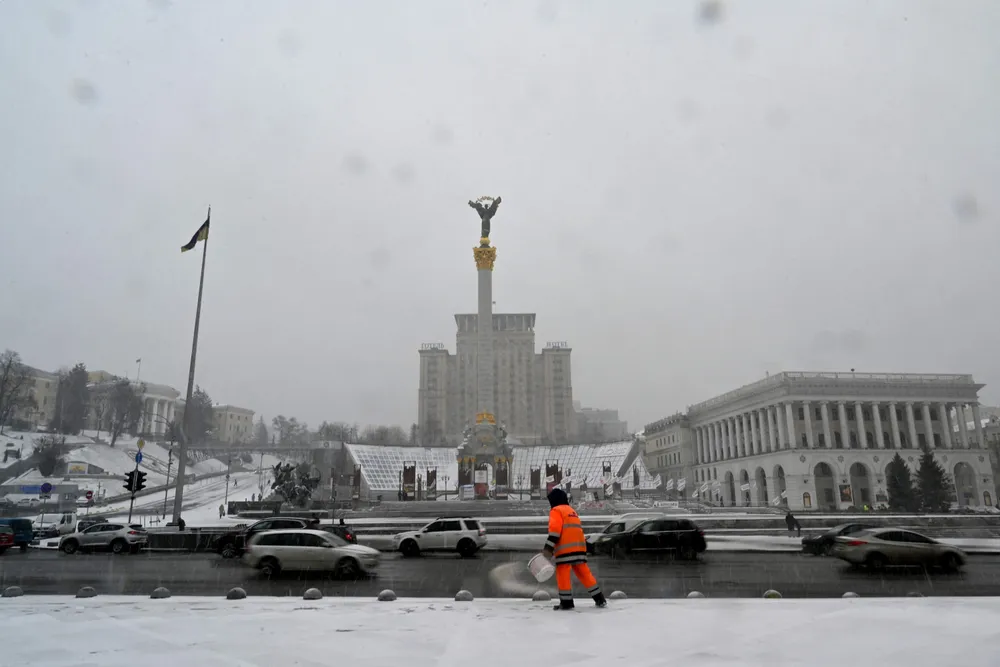Israeli player enters Black Sea with Ukraine exploration pact
Naphtha Israel Petroleum Corporation and country's state Naftohaz Ukrainy agree to discuss potential partnership

Naphtha Israel Petroleum Corporation and country's state Naftohaz Ukrainy agree to discuss potential partnership
